Here we are anticipating the arrival of Spring-like weather. Late winter snows have covered the ground, but the sun that is stronger now is having an easier time melting the cold, white stuff. Snow has pulled away from the buildings yet there are still a couple of inches with a hard crust laying all along the ridge tops. Mountain ridges, that is.
Down in town, literally, there’s no snow to be found at the level of the Juniata River in Millerstown about 300-400 ft. in elevation. Mountain ridge tops in the area are typically 800-1200 ft. in elevation so they’re a few degrees colder at this time of year.
Flower blooming, which a lot of us use to judge that it really finally IS spring, may differ by some days when comparing sites with a few hundred feet difference in elevation. The only way to know what’s blooming out there is to go and look.
I was curious to see if skunk cabbage was blooming down near the river so I took a walk at the Millerstown Area Community Park. Photos were taken there on 15 March 2013. Up and down the park I walked but I didn’t spot one little hood poking its head out of the ground.
There’s been a lot of activity with respect to improving this area park, like asphalting walking paths, installing park benches, and erecting an amphitheater. I wondered if the land near the river was groomed because I swear that I saw skunk cabbage there years before. So, that will be a topic for another post.
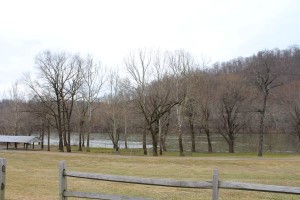
Finally, I did see one of my favorite trees and that was worth the ride. Actually, several American Sycamore trees were standing tall right next to the river.
The American Sycamore, Platanus occidentalis, is a have-to-be-near-water kind of tree. It’s tolerant of poorly draining soil, meaning it can have its roots stay wet. American sycamores are found in the eastern United States, especially near streams and rivers and their flood plains.
Why do I like sycamores? Their angular leaves are huge and immediately identifiable, their seed balls break open to release a whole bunch of seeds that travel on the wind, and they have really funky-looking, unique bark.
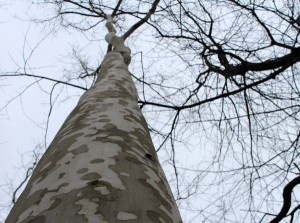
The bark of the sycamore peels off in sheets and pieces to reveal white patches of the inner bark. The overall feel and look of this tree’s bark is smooth and it appears splotched with shades of grey. The light-colored bark helps to identify this tree from a distance. Note the half-dozen sycamores in the upper photo. Knowing this little factoid can help one find water because that’s where the sycamore grows – near water.
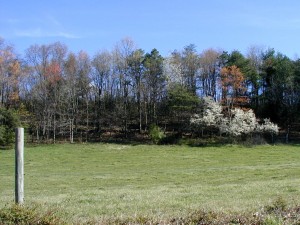

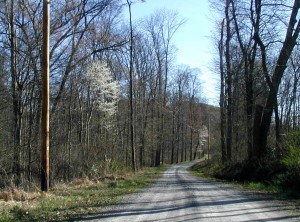
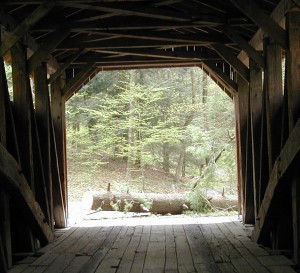

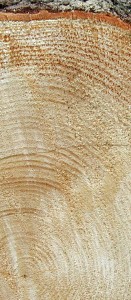
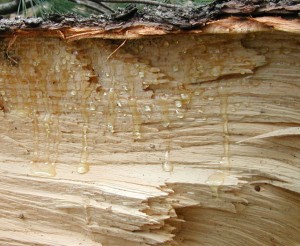

![Reblog this post [with Zemanta]](http://img.zemanta.com/reblog_e.png?x-id=d891f5ad-c733-4f23-9a28-8d8711d02129)
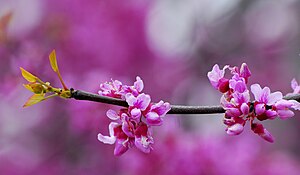

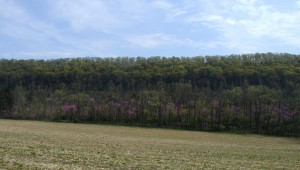
![Reblog this post [with Zemanta]](http://img.zemanta.com/reblog_e.png?x-id=777da0d5-3d9a-47bb-b29f-2bb48072475f)